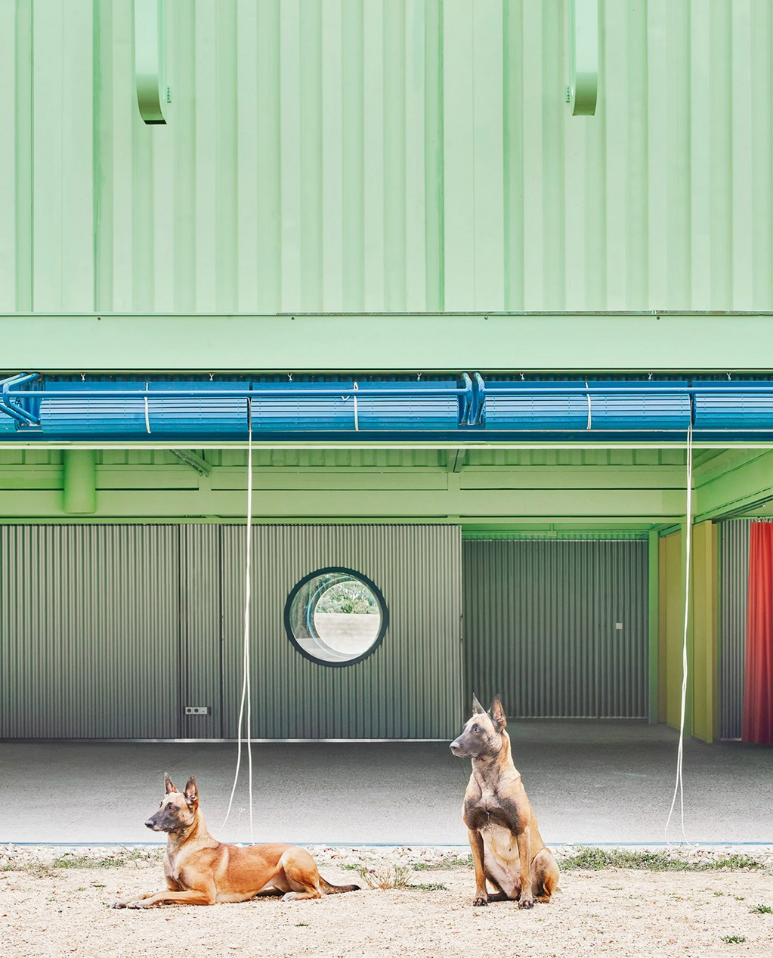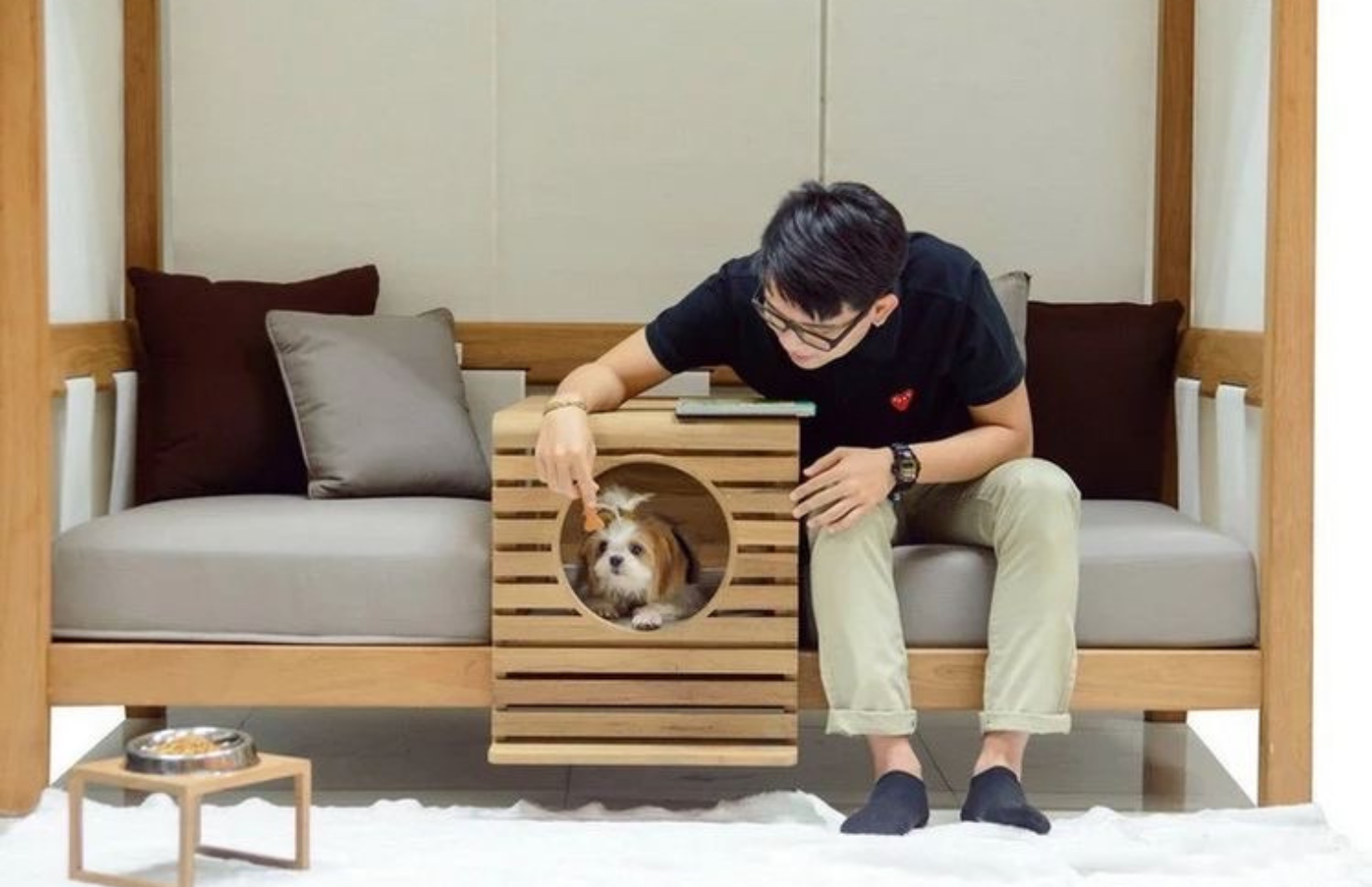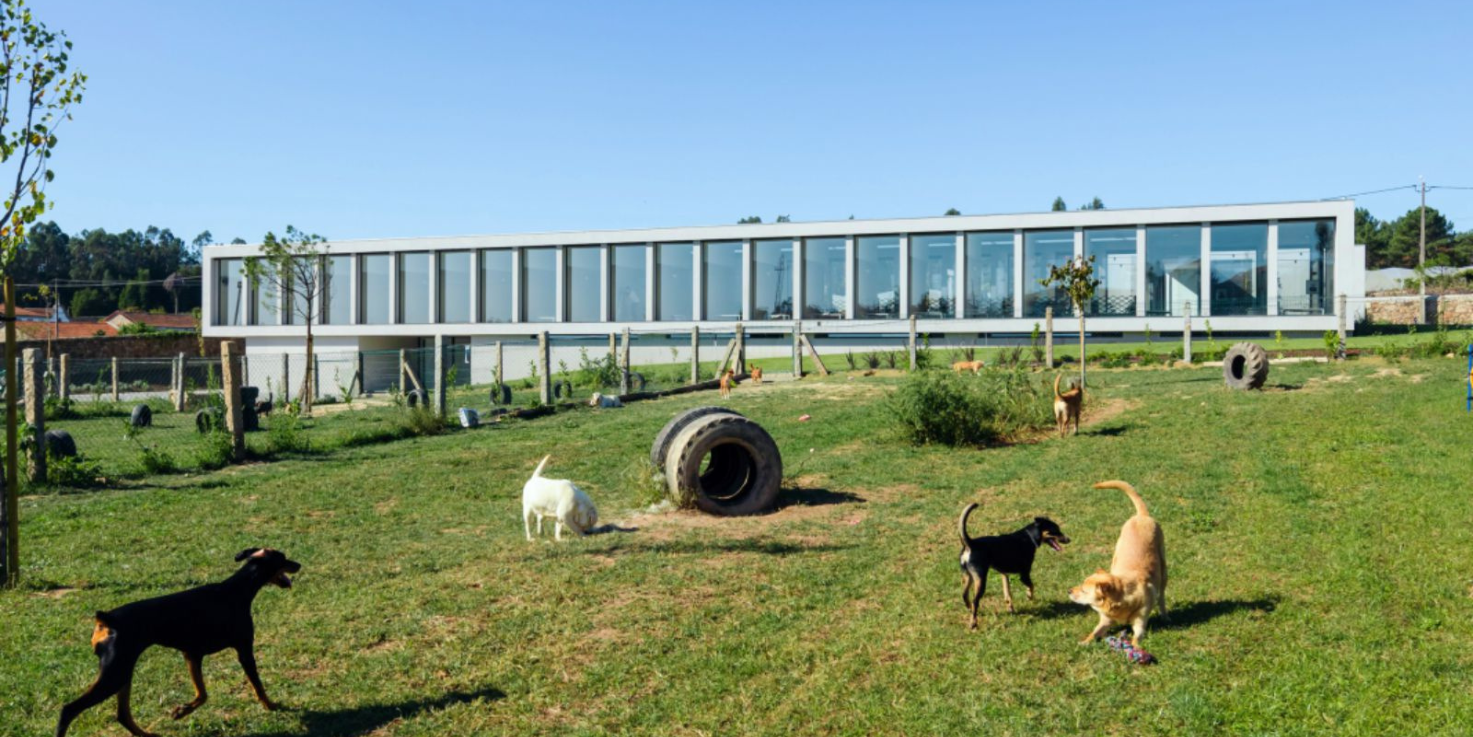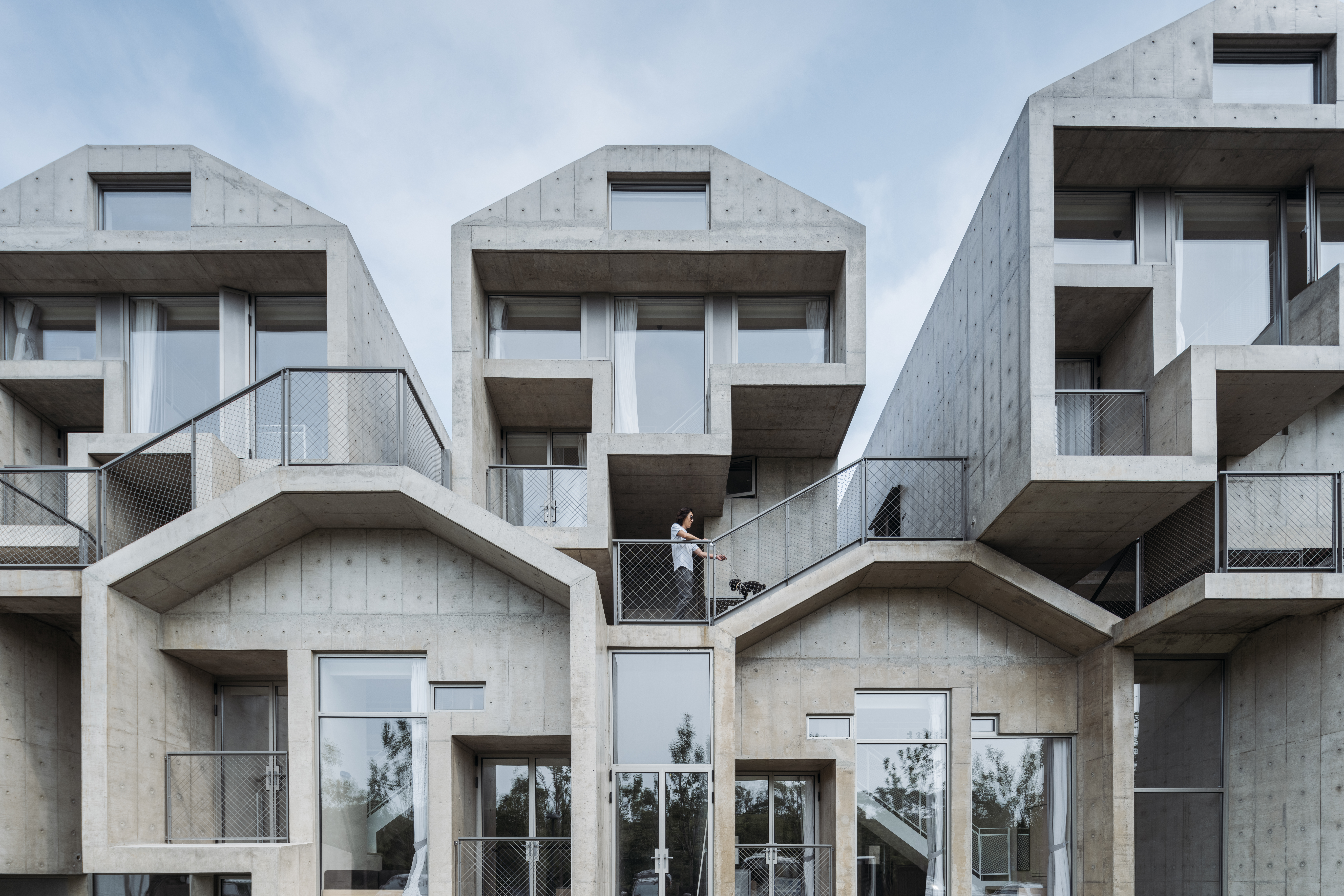For younger generations, adopting a pet has become the alternative to having children, which has seen the pet market suffer a boom on every level. In China, it quadrupled between 2015 and 2020, reaching a value of €41 billion (source:
iResearch). With a change of routine and a return to travel, new pet parents are looking to go on holiday without leaving their pets behind, which is why they seek accommodation establishments that meet requirements focused on their
animals, and they don’t hesitate to spend more to ensure their pets’ comfort.
Indeed, according to the pet website whiskers101.com, more than 90% of those surveyed said they would pay more for pet-friendly accommodation. The majority was willing to spend up to $50 per night for their pets, and some even more.

The successive lockdowns in 2020 led to a boom in pet adoptions by people looking to fend off loneliness and stress in the company of a new, furry friend. During this period, these animals became a member of the family, to the point that many people are reluctant to leave their pets at home when they go travelling. Indeed, four in every ten pet owners in the United States say they experience anxiety when separated from their pet (source: Nationwide)


Now that pet owners are spending more than ever on their pets, the hospitality sector is shifting their needs to the centre of the experience, attracting owners via modern aesthetics and designs.
According to data from Google, pet-friendly became the third most used booking filter in 2021. The data also show that searches for rooms that allow dogs increased 143%, while Airbnb has observed a significant increase in pet owners taking their furry friends on holiday with them. The growing interest in adding a pet to the family is influencing interior design in hospitality spaces, which lean towards well-being and call on designers’ sensitivity to create charming, relaxing environments for pets that mix well with interiors for humans.
Thinking from a multi-species perspective is increasingly important. That’s why it will be essential to design spaces and products that simultaneously satisfy the needs of pets and their owners, as a growing number of people fully include their animals in their lives.
Using durable materials that don’t scratch easily and are anti-slip is crucial when planning hotels that will need to endure a high amount of animal activity.
Designing while taking into account the characteristics of the animals that will be using spaces will be key. Architects are already planning interiors with specific staircases for dogs and discreet doors for cats. But they’re not the only ones. Designers will also need to address the needs of all manner of pets in order to improve their experience indoors.
Given that consumers treat animals like members of the family, this is leading to the emergence of products that help ‘pet parents’ to maintain their pets’ physical and mental health. Merino wool has been proven to calm a dog’s nervous system by neutralising positive ions, while it also eliminates dust mites and bacteria, for which reason it’s already being used in cushions and beds for animals.
